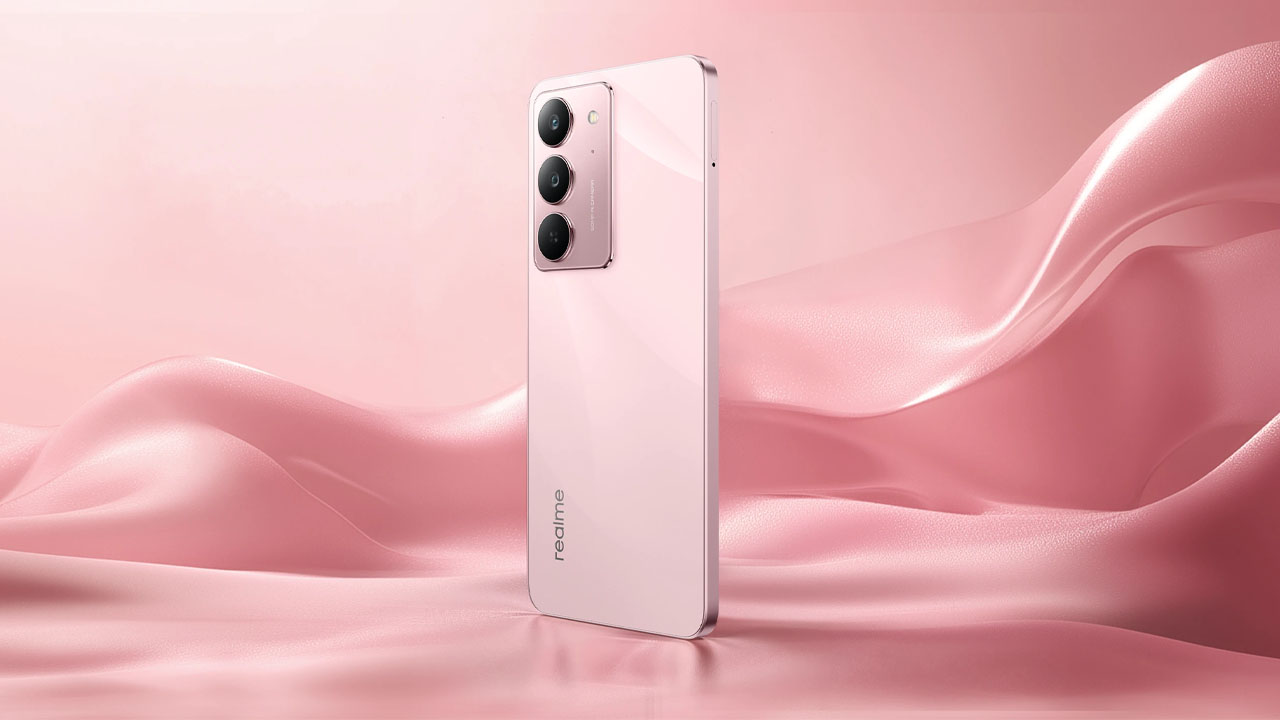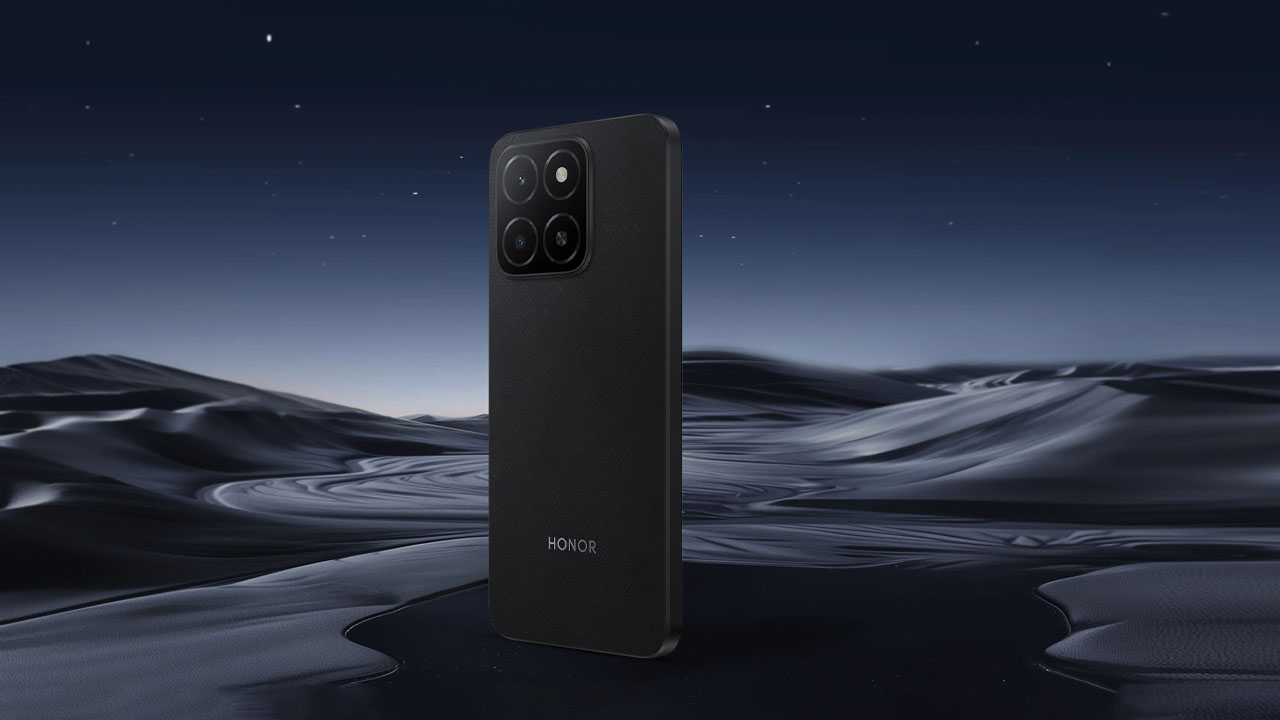
Positioned as a “lifestyle pickup truck”, the Shark 6 is out to break the usual stereotypes associated with pickup trucks.
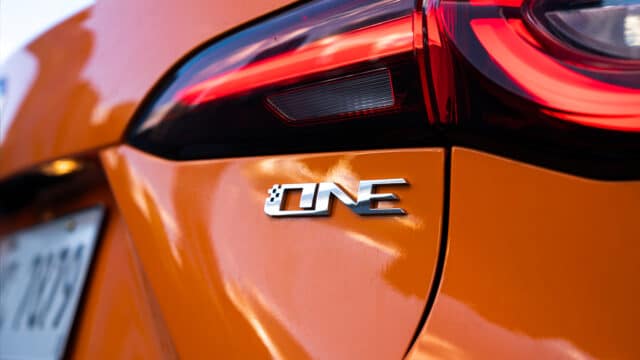
The 2024 MG One brings a tech-forward experience to the compact SUV segment

Given its target market, power users, gamers, and tech enthusiasts, the iQOO 13 strikes a great balance.
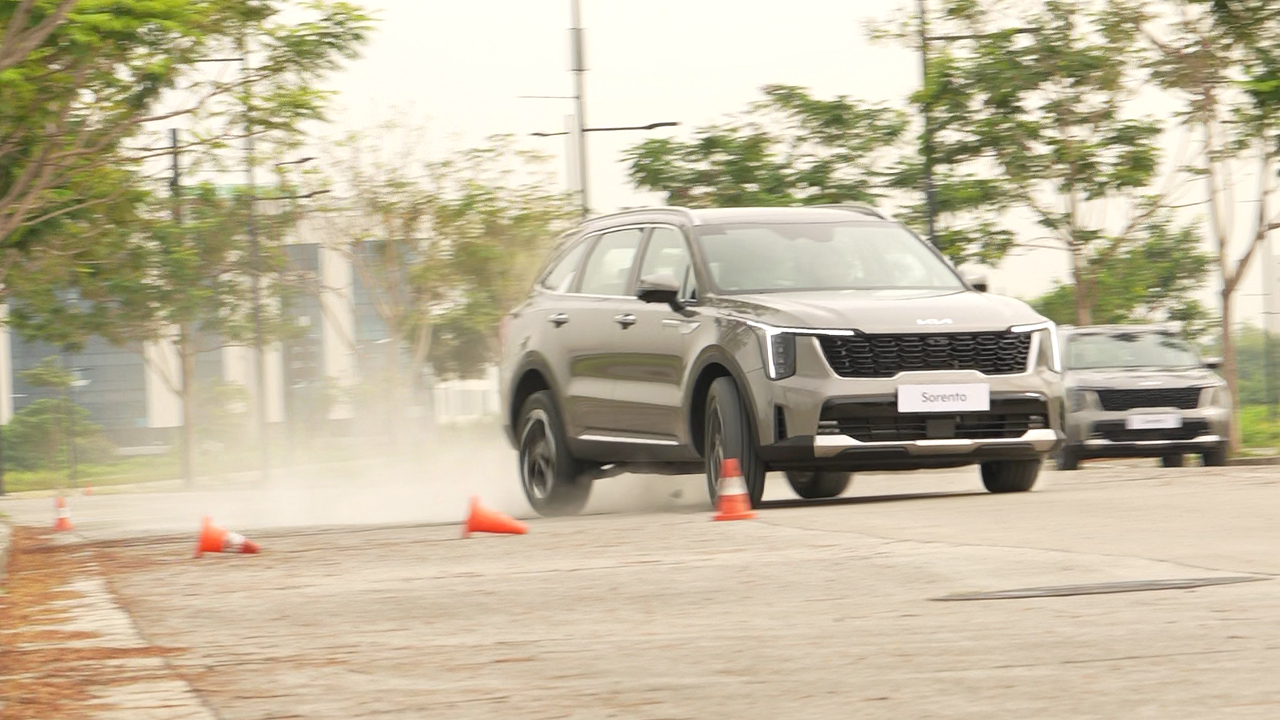
For this year’s lineup, all of the Sorento’s variants will be electrified with three models to choose from.

Put your money where your rig is! The Toyota GAZOO Racing GT Cup is back!

Add more Neon to your Genesis with the new Govee x Evangelion collab!

Imagine having complete control over your shower experience. The GROHE Euphoria SmartControl 310 makes this possible with its cutting-edge technology and sleek design.

Spotify continues to drive the podcast ecosystem in the Philippines.

Fiio, who's brought us a modern re-imagining of a Walkman as well, now has the DM13 portable CD player

L’Oréal’s latest innovation can help you get ahead of your skin care problems.

InkPoster is a sleek, eco-friendly digital poster that brings vibrant color artwork to life with minimal power usage.
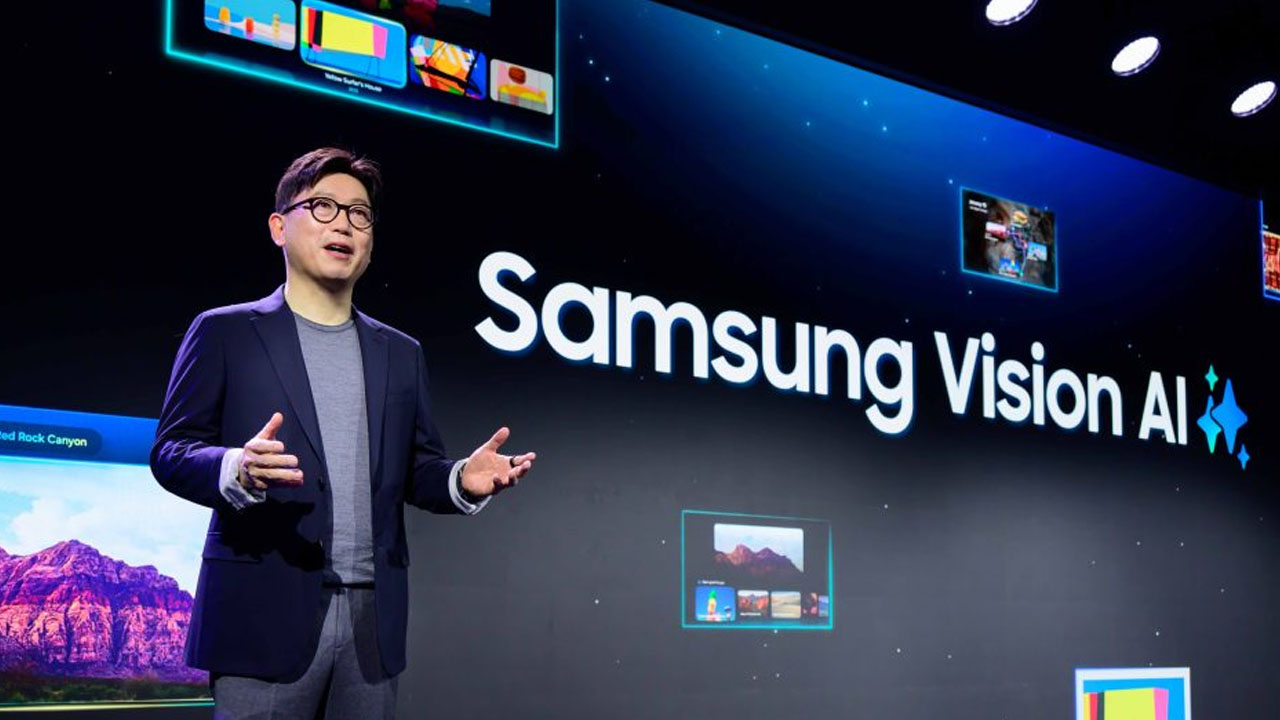
Samsung Vision AI is a suite of advanced AI-powered features designed to enhance the functionality of Samsung TVs.

Huawei is set to debut the highly anticipated Huawei nova 13 Series in the Philippines, with an exclusive preview event...
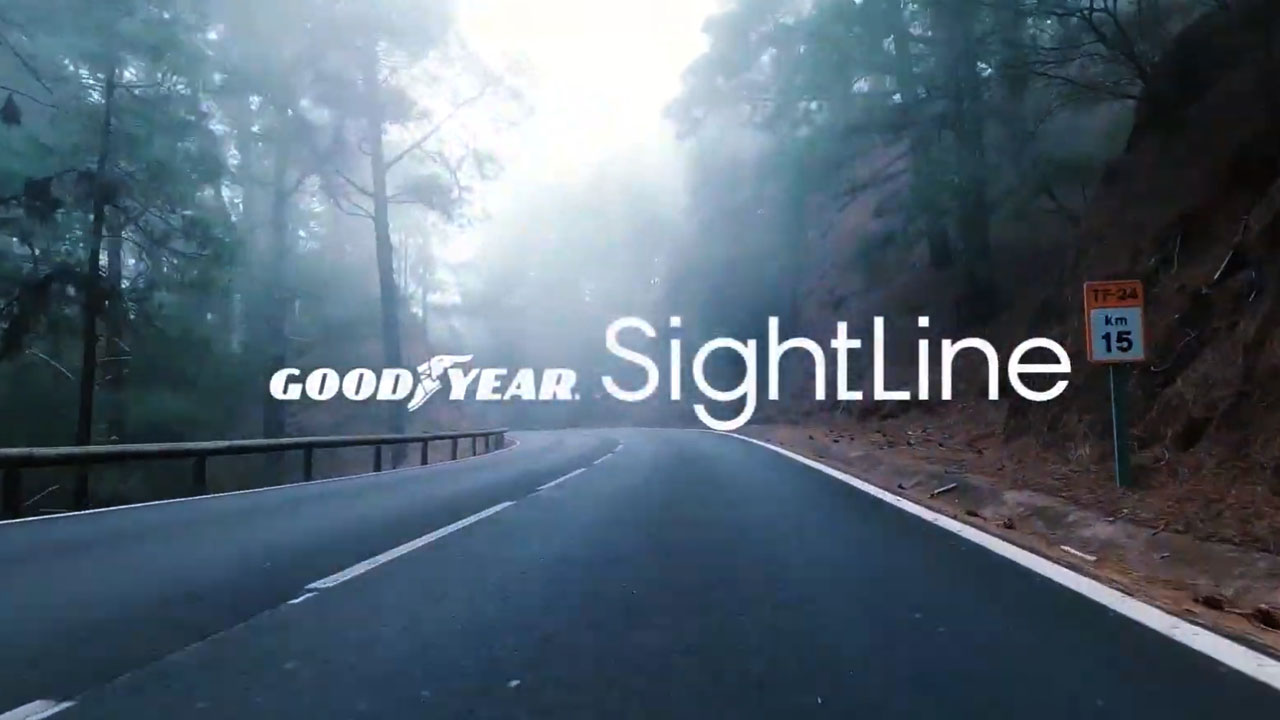
The Goodyear smart tire concept is built to assist in detecting road conditions that can make driving hazardous, such as...

The Frame Pro comes with improved picture quality, a neater cable solution, and more
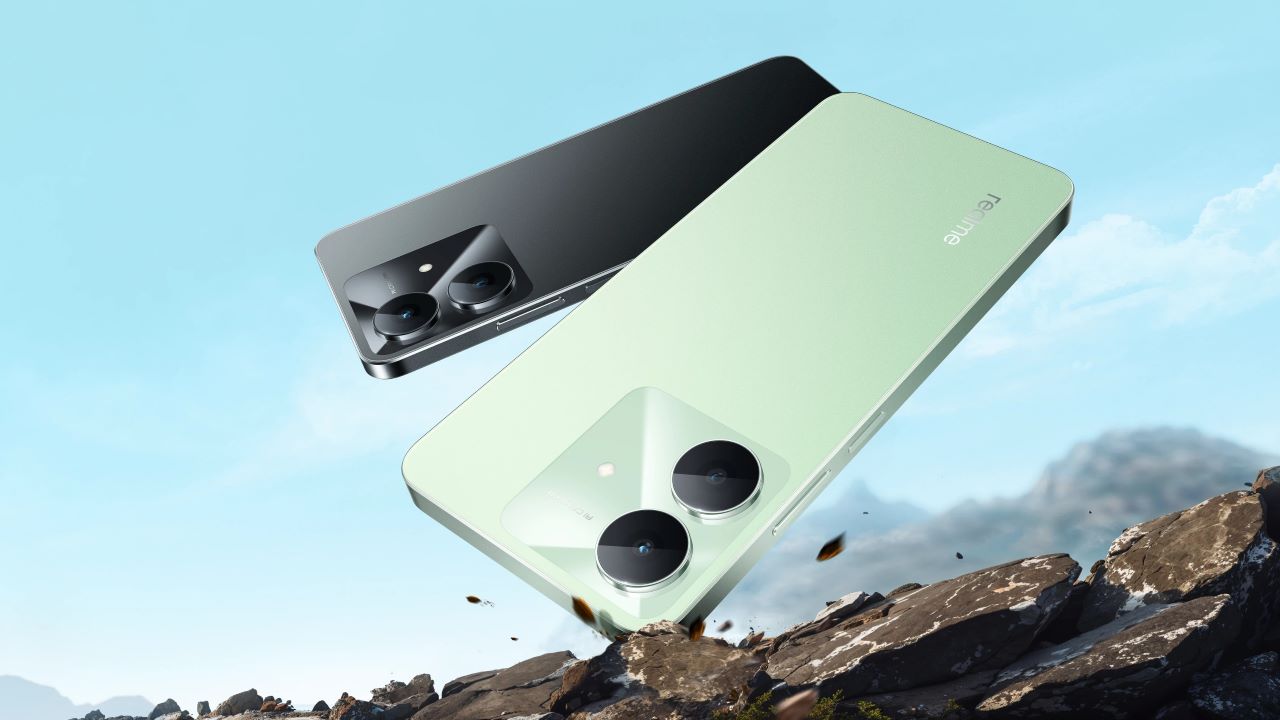
realme has kicked off the year by introducing a new storage variant for its popular realme Note 60x.
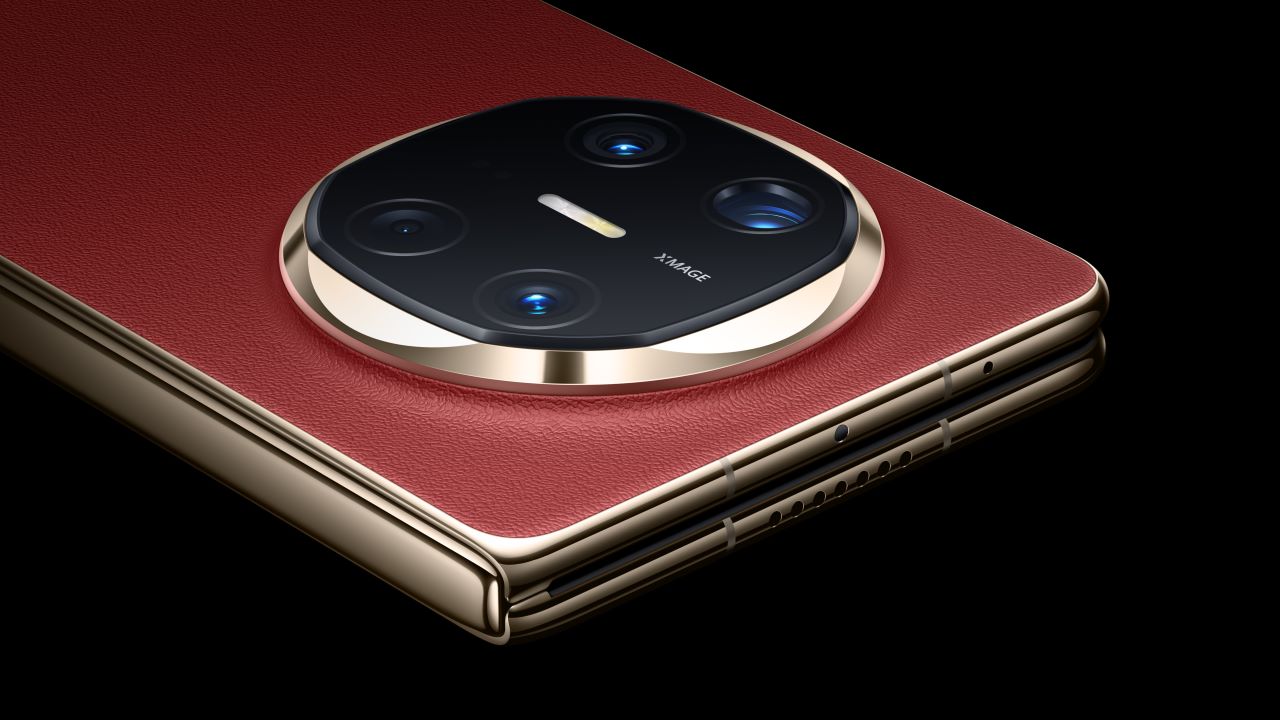
Huawei is set to launch the Huawei Mate X6 in the Philippines this January 2025.
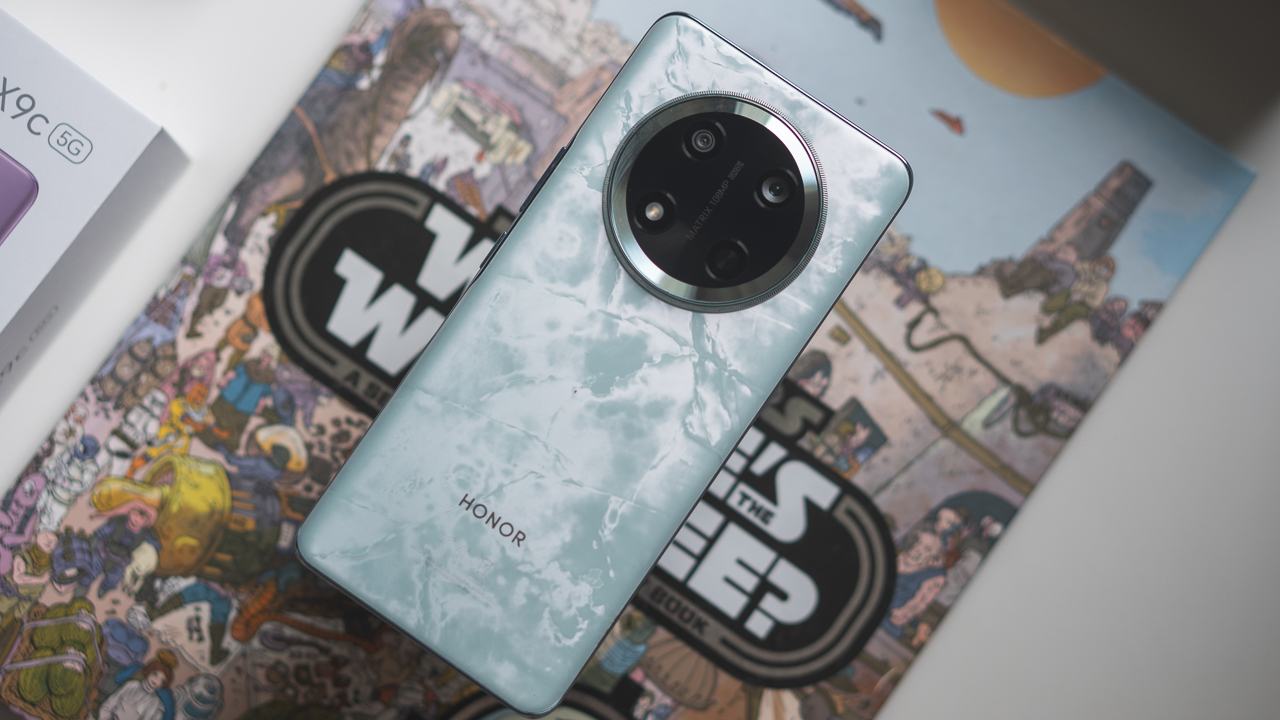
Available in a single variant priced at PhP 16,999. customers who pre-order the HONOR X9c 5G until January 24 will...
